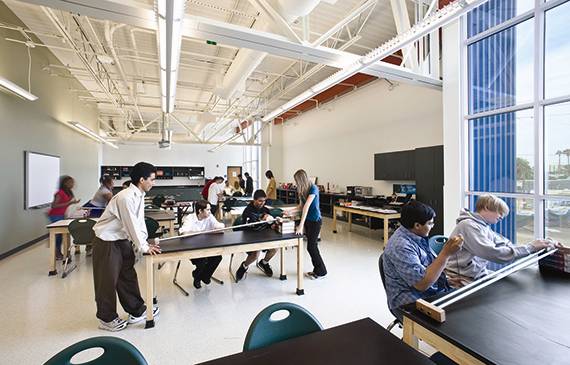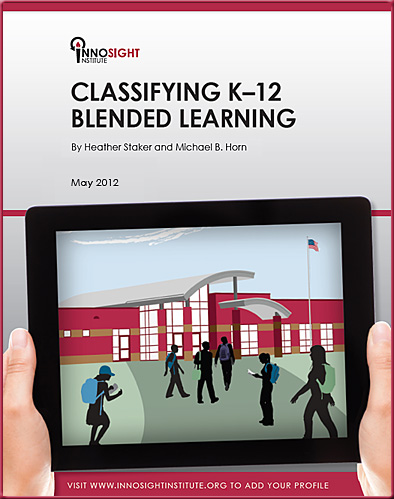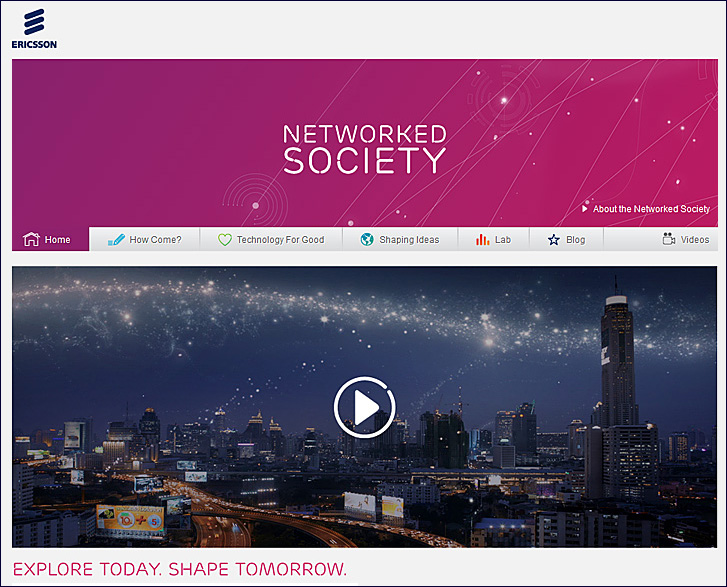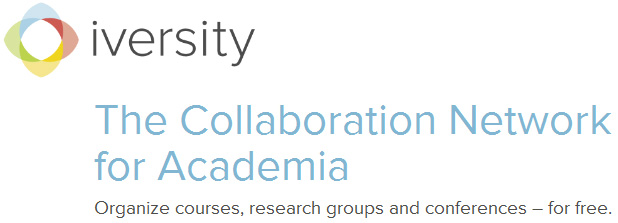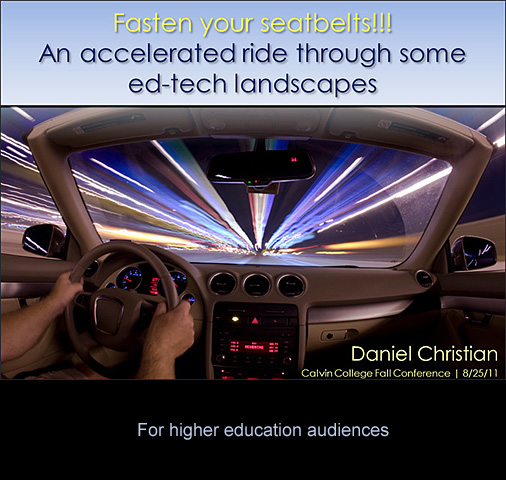How long before we have an OVEE for communities of practice?
How long before we have an OVEE for communities of practice?
From DSC:
Some very frustrated reflections after reading:
- It’s time to worry: Boys are rapidly falling behind girls in school — from takepart.com by Peg Tyre
Reporter Peg Tyre explains why the challenges boys face in school need to be taken much more seriously.
Excerpt:
Right now, boys are falling out of the kindergarten through 12th grade educational pipeline in ways that we can hardly imagine.
This situation continues to remind me of the oil spill in the Gulf (2010), where valuable resources spilled into the water untapped — later causing some serious issues:
.
From DSC:
What are we doing?!!! We’ve watched the dropout rates grow — it doesn’t seem we’ve changed our strategies nearly enough! But the point that gets lost in this is that we will all pay for these broken strategies — and for generations to come! It’s time to seriously move towards identifying and implementing some new goals.
What should the new goals look like? Here’s my take on at least a portion of a new vision for K-12 — and collegiate — education:
- Help students identify their God-given gifts and then help them build up their own learning ecosystems to support the development of those gifts. Hook them up with resources that will develop students’ abilities and passions.
. - Part of their learning ecosystems could be to help them enter into — and build up — communities of practice around subjects that they enjoy learning about. Those communities could be local, national, or international. (Also consider the creation of personalized learning agents, as these become more prevalent/powerful.)
. - Do everything we can to make learning enjoyable and foster a love of learning — as we need lifelong learners these days.
(It doesn’t help society much if students are dropping out of K-12 or if people struggle to make it through graduation — only to then harbor ill feelings towards learning/education in general for years to come. Let’s greatly reduce the presence/usage of standardized tests — they’re killing us! They don’t seem to be producing long-term positive results. I congratulate the recent group of teachers who refused to give their students such tests; and I greatly admire them for getting rid of a losing strategy.)
. - Give students more choice, more control over what their learning looks like; let them take their own paths as much as possible (provide different ways to meet the same learning objective is one approach…but perhaps we need to think beyond/bigger than that. The concern/fear arises…but how will we manage this? That’s where a good share of our thinking should be focused; generating creative answers to that question.)
. - Foster curiosity and wonder
. - Provide cross-disciplinary assignments/opportunities
. - Let students work on/try to resolve real issues in their communities
. - Build up students’ appreciation of faith, hope, love, empathy, and a desire to make the world a better place. Provide ways that they can contribute.
.
- Let students experiment more — encourage failure.
.
Designing collaborative spaces for schools — from The Journal by By Peter C. Lippman
Thoughtfully designed learning environments can help students work together more effectively.
From DSC:
I would like to see us facilitate such teamwork/collaboration via helping people in the same physical location work together as well as their ability to collaborate with others outside of that physical space (i.e. web-based collaboration).
Excerpt from Beyond school choice — from Michael Horn
With the rapid growth in online and mobile learning, students everywhere at all levels are increasingly having educational choices—regardless of where they live and even regardless of the policies that regulate schools.
What’s so exciting about this movement beyond school choice is the customization that it allows students to have. Given that each student has different learning needs at different times and different passions and interests, there is likely no school, no matter how great, that can single-handedly cater to all of these needs just by using its own resources contained within the four walls of its classrooms.
…
With the choices available, students increasingly don’t need to make the tradeoff between attending a large school with lots of choices but perhaps lots of anonymity or a small school with limited choices but a deeply developed personal support structure.
Excerpt from Cooperating in the open — from Harold Jarche
I think one of the problems today is that many online social networks are trying to be communities of practice. But to be a community of practice, there has to be something to practice. One social network, mine, is enough for me. How I manage the connections is also up to me. In some cases I will follow a blogger, in others I will connect via Google Plus or Twitter, but from my perspective it is one network, with varying types of connections. Jumping into someone else’s bounded social network/community only makes sense if I have an objective. If not, I’ll keep cooperating out in the open.
From DSC:
Perhaps helping folks build their own learning ecosystems — based upon one’s gifts/abilities/passions — should be an objective for teachers, professors, instructional designers, trainers, and consultants alike. No matter whether we’re talking K-12, higher ed, or corporate training, these ever-changing networks/tools/strategies will help keep us marketable and able to contribute in a variety of areas to society.
Addendum on 2/5/13:
.
Excerpts:
THE ISSUE IS NOT whether you are going to become a socially networked university but how soon.
…
Networks are the glue that connects us. No one works alone. It takes a team to get things done. No one learns alone either. Others show us the way, share their know-how, and help us make meaning of the world. We rely on colleagues and social networks to separate the signal from the noise; their advice makes our experiential learning productive. Collaboration is the key to success in both working and learning; they usually take place simultaneously.
…
Universities have a mandate. Most students, faculty, and administraters use social networks extensively outside of school. They will use them with your blessing or without it. Mobile devices route around IT; amateurs can bid software slaves do their will.
…
Universities will transmogrify into networked universities.
Excerpt from the introduction
The growth of online learning in the K–12 sector is occurring both remotely through virtual schools and on campuses through blended learning. In emerging fields, definitions are important because they create a shared language that enables people to talk about the new phenomena. The following blended-learning taxonomy and definitions expand upon and refine our previous work in helping to create a shared language for the K–12 blended learning sector.
In our report titled, “The rise of K–12 blended learning,” we observed that there were six main blended-learning models emerging in the sector from the perspective of the student. This paper introduces a number of changes to that taxonomy based on feedback from the field and the need to update the research to keep pace with new innovations that are occurring in blended learning. Most importantly, the paper eliminates two of the six blended-learning models—Faceto-Face Driver and Online Lab—because they appear to duplicate other models and make the categorization scheme too rigid to accommodate the diversity of blended-learning models in practice. By moving from six to four overarching models, we have created more breathing room in the definitions. We hope these new models will better describe the majority of programs so that nearly all blended-learning programs will fit comfortably within one of the four. Appendix A explains the differences between the new four-model taxonomy and the old six-model taxonomy in greater detail.
Excerpt:
This site is for teachers who want their classrooms to be places with a Christian ethos whatever the subject or age group you teach. It explores what teaching and learning might look like when rooted in Christian faith, hope, and love. It does this by offering 100+ concrete examples of creative classroom work and an approach which enables you to develop your own examples.
…
‘What if Learning’ is a “distinctively Christian” approach developed by an international partnership of teachers from Australia, the UK and the USA. It is based on the premise that a Christian understanding of life makes a difference to what happens in classrooms. Its aim is to equip teachers to develop their distinctively Christian teaching and learning strategies for their own classrooms.
.
Addendum on 4-17-12:
- The U.S.-based site is now available at http://www.whatiflearning.com/
The 2011 Global Education Conference will be held November 14 – 18, online and free. Sessions will take place in multiple time zones and multiple languages over the five days. The 2010 Global Education Conference had 15,028 unique logins and presentations from 62 countries.
To attend and be kept informed of the latest conference news and updates, please join this network (you can still attend sessions if your membership is pending). The sessions schedule is now live and available in multiple time zones HERE.
When the dam breaks… — from learning with ‘e’s by Steve Wheeler
Excerpt:
Publication of research is one of the most important facets of academic life. I can’t stress enough how important it is for good research to be as widely and swiftly disseminated as possible. Without it, our practice is less likely to be informed, and more prone to repeated errors. As a researcher myself, I take this challenge very seriously. Along with other educational researchers, I attempt to identify key issues for investigation and then spend considerable time and energy examining as much of the terrain that surrounds my research question as I can. Once I have analysed the data, I am usually able to arrive at some conclusions and write some form of report, which is likely to include a set of recommendations that I hope will benefit my community of practice. Such findings should be published widely to inform the entire community. This is the way it should be. And yet often, sadly, it just doesn’t happen.
From DSC:
Steve, I was unsuccessful in leaving a comment on your posting here…but I celebrate your walking the talk on this and for pushing the envelop on the proliferation of open access journals. And thanks for making some recommendations in your reports — for taking some stances. I was greatly disappointed in my ID Master’s Program to find how few scholarly articles took any sort of stand and asserted much of anything to move their communities of practice forward.
Building Learning Communities 2011 Keynote: Dr. Eric Mazur — from November Learning
Excerpt:
Today, we are officially relaunching our opening keynote from BLC11 with Dr. Eric Mazur. Dr. Mazur is the Area Dean of Applied Physics and Balkanski Professor of Physics and Applied Physics at Harvard University in Cambridge, MA.
In his keynote, Dr. Mazur shares his vast research on teaching and learning. Students in Dr. Mazur’s class are moving far away from the traditional stand and deliver lectures given in many k-12 and university classrooms around the world, and they are gaining a much deeper understanding of the material being taught in the process.
As you watch this video, we invite you to take some time and respond to one or more of the following questions…
From DSC:
What I understood the key points to be:
- Teaching and learning should not be about information transfer alone; that is, it’s not about simply having students “parrot back” the information. That doesn’t lead to true learning and long-term retention.
- The more a teacher is an expert in his/her content, the more difficulty this teacher has in understanding how a first time learner in this subject struggles
- Rather we need to guide and use peer instruction/social learning/collaboration amongst students to construct learning and then be able to apply/transfer that learning to a different context
- Lecturing is not an effective way to create a long term retention of information
- Peer instruction/human interaction creates effective learning
- “The plural of anecdotes is not data.”
- Eric is seeking data and feedback to sharpen his theories of how to optimize learning
- Technology serves pedagogy — technology should afford a new mode of learning
- Towards that end, Eric and team working on “Peer instruction 2.0”
- How do I design good questions? Optimize the discussions? Manage time? Insure learning is taking place?
- Eric is working with several other colleagues to create a system for building and using data analytics to give useful information to instructor about who’s “getting it” and who isn’t; about how we learn
- Peer instruction not without issues — how people group themselves and who students choose to collaborate with can be problematical
- Why not have the system do the pairing/grouping?
- System uses algorithms, facial recognition, posture analysis; cameras, microphones
- Surveys also used
- The system is attempting to help Eric and his team learn about learning
- The system being used at Harvard and by invitation only
Eric ended with a summary of the 2 key messages:
- Education is not about lecturing
- We can move way beyond the current technologies and use new methods and technologies to actively manage learning as it happens
From DSC:
After listening to this lecture, the graphic below captures a bit of what he’s getting at and reflects some of my thinking on this subject as well. That is, we need diagnostic tools — along the lines of those a mechanic might use on our cars to ascertain where the problems/issues are:

With Teachscape Reflect Video, educators can store, organize,
share, collaborate, and comment on classroom videos.
From DSC:
This could possibly be a very solid tool for:
- Assessing oneself — watching yourself teach and analyzing it
- Professional development — for use by teaching and learning centers across the country
- Remote student teacher support
- Education related courses
Also see:
- teachscape reflect video website
- Teachscape Reflect Video Expands Classroom Recording Support — from The Journal by David Nagel
From DSC:
Immediately below is a presentation that I did for the Title II Conference at Calvin College back on August 11, 2011
It is aimed at K-12 audiences.
From DSC:
Immediately below is a presentation that I did today for the Calvin College Fall 2011 Conference.
It is aimed at higher education audiences.
Note from DSC:
There is a great deal of overlap here, as many of the same technologies are (or will be) hitting the K-12 and higher ed spaces at the same time. However, there are some differences in the two presentations and what I stressed depended upon my audience.
Pending time, I may put some audio to accompany these presentations so that folks can hear a bit more about what I was trying to relay within these two presentations.
First day of school: Anastasis Academy #standagain — from iLearnTechnology.com
Today was one for the books. We did it! We opened a school with a radical new vision for what a school should look like in light of learning. It was a truly great day!
Mission:
[Anastasis Academy’s mission] is to apprentice children in the art of learning through inquiry, creativity, critical thinking, discernment and wisdom. We strive to provide an educational model that honors and supports children as the unique and creative individuals that God created them to be. We work to shape the development of the whole-child by engaging the mind, body and spirit while inspiring each to personal excellence.
Also see:
Look where you want to go and steer in that direction: How a blog started a school — from Dreams of Education (6/24/11)
From DSC:
24 “The LORD bless you and keep you; 25 the LORD make his face shine on you and be gracious to you; 26 the LORD turn his face toward you and give you peace.” (Numbers 6:24-26) May He bless your efforts as you seek to not only impact the minds of — but also the hearts of — your students.
We really need to impact both in order for our future students to make significant, positive impacts around the globe. Way to go Kelly!









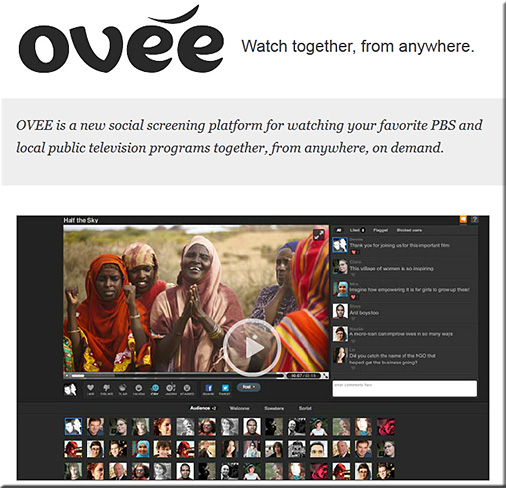
![The Living [Class] Room -- by Daniel Christian -- July 2012 -- a second device used in conjunction with a Smart/Connected TV](http://danielschristian.com/learning-ecosystems/wp-content/uploads/2012/07/The-Living-Class-Room-Daniel-S-Christian-July-2012.jpg)
